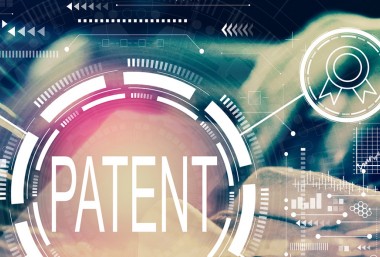The Trans-Pacific Partnership Agreement (TPPA) can't really be called an agreement. Yet. It was part of a wider plan for New Zealand to diversify the economy by building stronger trade links, investment and economic ties around the world. The New Zealand Government has said that 'we won't get rich selling to ourselves'. We need to sell more of our products and services to customers around the world.
The TPPA would have given New Zealand exporters and investors access to more than 800 million customers in 11 countries across Asia and the Pacific, including the United States and Japan. But, talks have stalled over market access for dairy. And intellectual property. One of the issues identified in leaked copies of negotiation drafts is how individual countries should assess what subject matter is eligible for patent protection.
What is patent eligible?
It is hard to see how there could ever be consensus on this issue. An invention is assessed against criteria cobbled together from a bunch of legislative and judicial guidelines. Each country has a different approach.
The United States Patent & Trademark Office (USPTO) for example has recently issued an update on guidelines for its examiners on patent eligibility. The guidelines are intended to clarify some of the confusion in the United States around patent eligibility.
The interim eligibility guidelines published last year seemed simple enough. Does a claim relate to a process, machine, manufacture or composition of matter? If the claim is not directed to one of these statutory categories, then the claim is rejected.
The claim is then checked to see whether it is directed to something that the US Courts have said should not be patentable. These judicially recognised exceptions include laws of nature, natural phenomena, and abstract ideas.
If the claim is directed to a judicially recognised exception, then the claim is rejected unless it recites additional elements that amount to significantly more than the judicial exception.
Update to the guidelines
Since the interim eligibility guidelines came out, there have been concerns that everything is now an abstract idea and not patent eligible. The update seeks to clarify the approach examiners at the USPTO should be taking. The new examples provided in the update relate mainly to business methods and software. We understand that examples related to biotechnological inventions will be provided in future updates.
The USPTO notes that the Courts have not provided a definition for 'abstract ideas'. In the absence of such a definition, the update provides specific examples of abstract ideas that are not patent eligible. These are typically fundamental economic practices, certain methods of organising human activity, an idea 'of itself', and mathematical relationships/formulas.
Further steps
We hope that the update provides clearer guidance for stakeholders on when an abstract idea should be identified as such. If we hope to have a consistent approach among TPPA countries, we at least need to sort ourselves out domestically. One country at a time.



